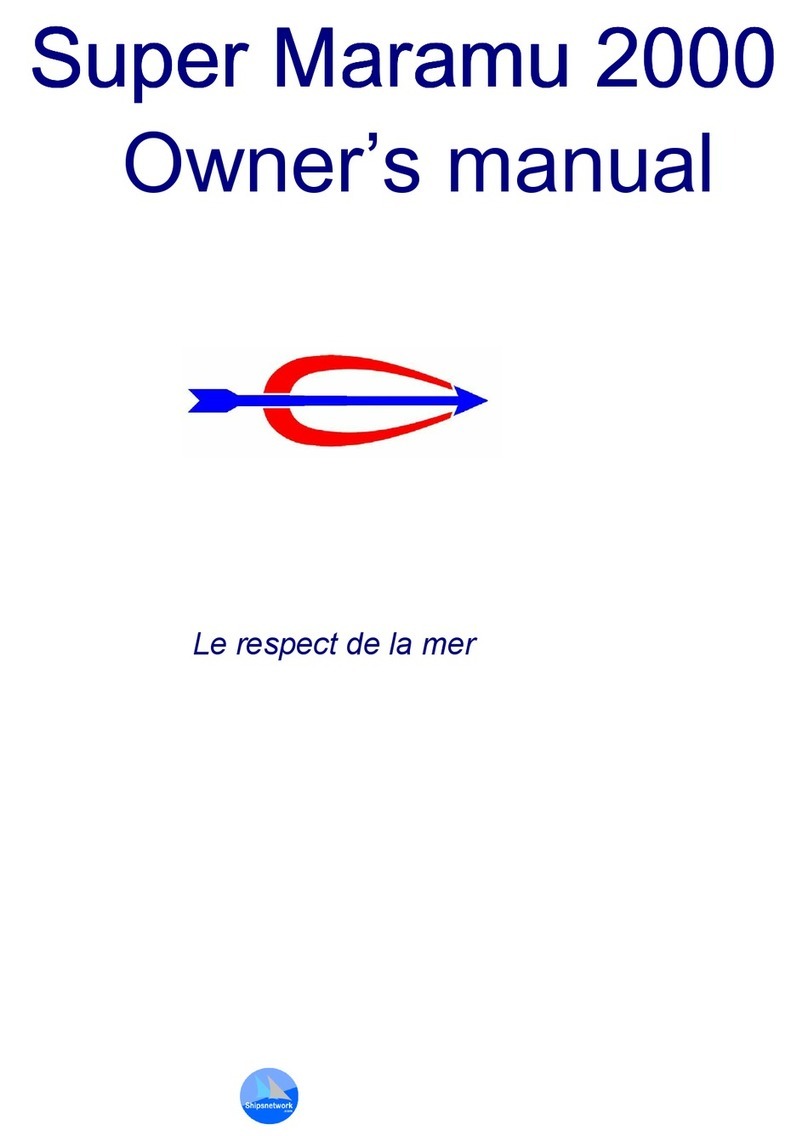
User’s guide
4
2.4 Winter service ................................................................................2-4
2.4.1 Sails...........................................................................................2-4
2.4.2 Deck ..........................................................................................2-4
2.4.3 Fresh water................................................................................2-4
2.4.4 Bow thruster...............................................................................2-4
2.4.5 AMEL transmission....................................................................2-4
2.4.6 Main engine and generator........................................................2-5
2.5 Leaving for a long trip ...................................................................2-5
3Maintenance....................................................................... 3-1
3.1 Hull..................................................................................................3-1
3.2 Deck ................................................................................................3-3
3.3 Wood...............................................................................................3-3
3.4 Batteries .........................................................................................3-4
3.5 Main engine and AMEL transmission ..........................................3-4
3.5.1 Main engine ...............................................................................3-4
3.5.2 Transmission .............................................................................3-5
3.5.3 Propeller ....................................................................................3-6
3.6 Generator .......................................................................................3-7
3.6.1 Fluids .........................................................................................3-7
3.6.2 Other components .....................................................................3-8
3.7 Fuel tank and fuel filter / water separator....................................3-8
3.8 Bow thruster ..................................................................................3-9
3.9 Sails and furling systems .............................................................3-9
3.9.1 Sails...........................................................................................3-9
3.9.2 Furling systems........................................................................3-10
3.10 Convenience equipment .............................................................3-11
3.10.1 Refrigerator..............................................................................3-11
3.10.2 Deep freezer............................................................................3-11
3.10.3 Clothes washer / dryer.............................................................3-11
3.10.4 Dish washer.............................................................................3-12
3.10.5 Microwave oven.......................................................................3-12
3.10.6 Gas stove and oven.................................................................3-13




























